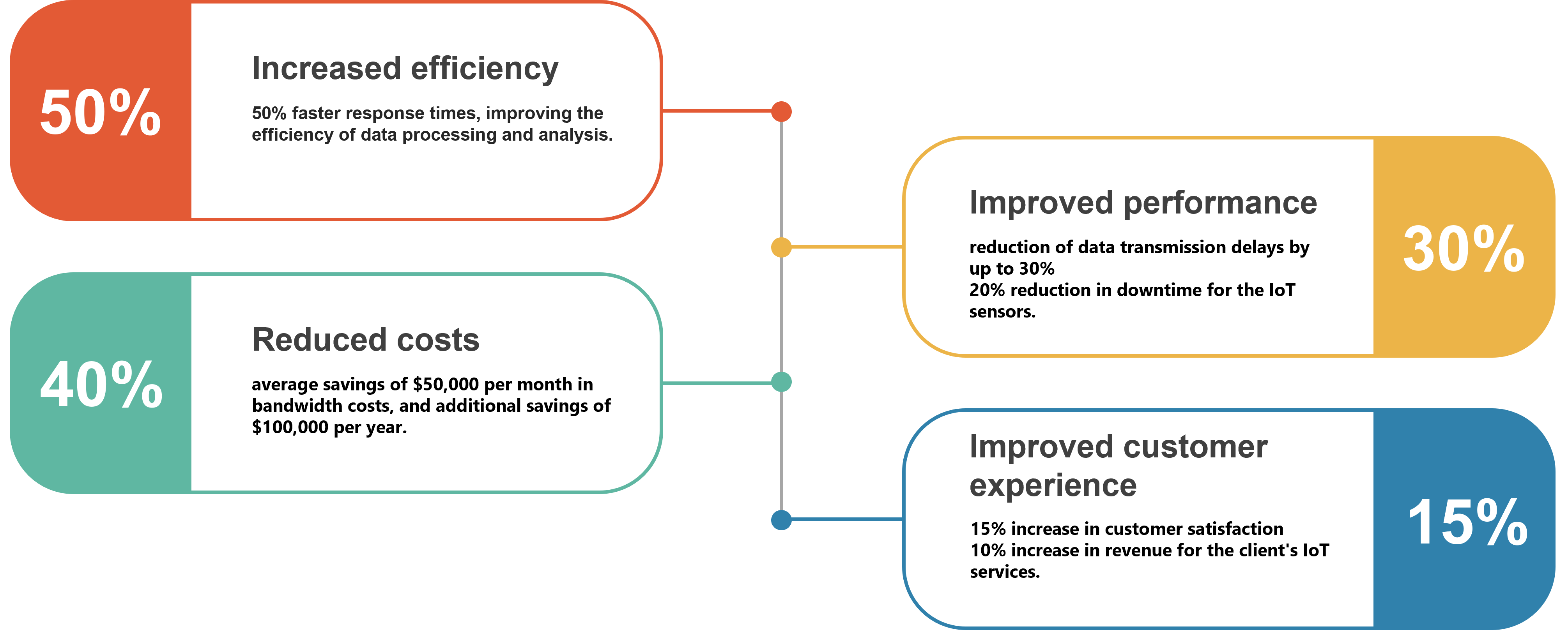The technical architecture for the solution implemented in this case study includes the following components:
1. Analytical tool built with Splunk and Amazon Web Services (AWS) for the collection, analysis, and visualization of large data sets.
2. SQL Server for data storage and management, with Tableau BI used for data visualization.
3. Windows and UNIX operating systems used for the development of the software solutions.
4. Lambda, Kinesis Data Stream, and ALB/Routing (Split Data) used for the development of the software solutions.
5. Java, Spring Boot, Microservices, and REST API used for the development of the software solutions.
6. C#, D, Java, and Python used for the development of the hardware solutions, in collaboration with third-party hardware providers.
These components work together to provide a comprehensive solution that enables the efficient and cost-effective reduction of call-in and truck roll rates. The use of advanced technologies such as Splunk, AWS, and Tableau BI enable the collection and analysis of large data sets, while the software and hardware solutions developed using Java, Spring Boot, and other technologies provide reliable and efficient data processing and communication.
To implement the solutions outlined above, the team utilized a range of technology stack.
The analytical tool was built using Splunk and AWS, while SQL Server was used to store and process data, and Tableau BI was used for data visualization.
The software solutions were developed using Windows and UNIX operating systems, along with Lambda, Kinesis Data Stream, and ALB/Routing for developing the software solutions. Java, Spring Boot, Microservices, and REST API were also used in software development.
For hardware solutions, C#, D, Java, and Python were used, in collaboration with third-party hardware providers to ensure cost-effectiveness.
In summary, the technology stack used in this implementation allowed for the collection, analysis, and visualization of large data sets and efficient solutions to reduce call-in and truck roll rates. This led to increased efficiency and profitability for the company.

